Best of Britain: Rose gardens
Steven Desmond visits Britian's best rose garden: Mottisfont, a National Trust garden in Hampshire
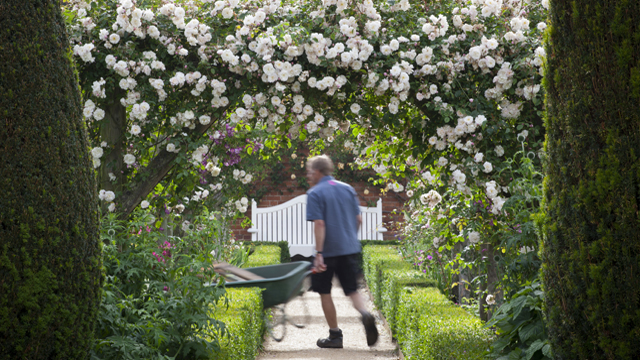

In the mid 20th century, the rose was the undisputed queen of garden flowers, when every novice garden-maker planted the popular Hybrid Teas and Floribundas in the thin border framing their neat rectangular lawn.
The Victorian forebears of those roses, the big, ungainly shrubs named after forgotten French businessmen's wives, were largely forgotten, dismissed long ago as dinosaurs unsuited to modern gardens because of their bulky form and short flowering season.
But Britain was, and is, a nation of specialist enthusiasts, and there is always someone, somewhere, quietly keeping things going in the hope that the flame of enthusiasm will once again flicker into life over their precious collection. So it was that James Russell, the owner of Sunningdale Nursery, and his manager, Graham Stuart Thomas, maintained a vast and evergrowing living catalogue of the old shrub roses, so that anyone sharing their love of these creatures could beat a path to their expert door.
In the late 1960s, Russell decided to sell up and moved the contents of the nursery to his new home in the grounds of Castle Howard in North Yorkshire. There, he persuaded his friend, George Howard, to let him plant up part of the former kitchen garden as a decorative garden focused on the display of these roses. The garden was opened in 1975. Thomas was doing something remarkably similar in the south of England.
He had long been the senior gardens adviser and consultant to the National Trust and repeatedly found himself faced with the awkward question of what to do with the abandoned enclosure of the former kitchen garden, sealed away within its pink-brick walls. At Mottisfont, he saw the great opportunity. Since the National Trust had acquired Mottisfont from its last private owner, Mrs Maud Russell (no relation to James), the kitchen garden had been in a gradual decline. Half the space continued to be used by Mrs Russell for her private garden, although this must have seemed a far cry from her pre-Second World War golden age as a hostess of elegant gatherings of artists and aesthetes, with Norah Lindsay, Russell Page and Geoffrey Jellicoe all contributing to the wider garden layout.
The other half seemed destined for use as the car park, the most dismal of fates, until Thomas had his vision of glory. The rest is history. The kitchen garden had not been cultivated for a decade when the new proposal was advanced, so the worst of the residual soil-borne problems would have been greatly reduced by this long fallow period and the soil hungry for a new crop. On the face of it, the soil in the Test Valley was unpromising, being composed of a terrace of gravel over compacted chalk, but two centuries of kitchen-garden cultivation had left a desirable top layer of 2ft of rich, dark topsoil.
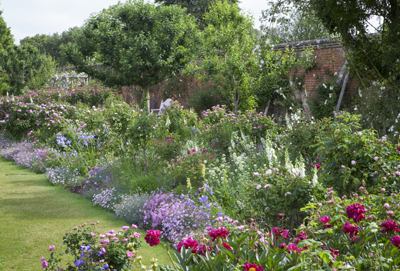
The rose garden in June, © National Trust Images Jonathan Buckley
Sign up for the Country Life Newsletter
Exquisite houses, the beauty of Nature, and how to get the most from your life, straight to your inbox.
The traditional layout of broad borders along the foot of the framing walls and crosswalks joining at a central water feature was wisely retained and has proved ideal both for the collection and the desire of visitors to approach, admire and identify the hundreds of specimens. Mottisfont has also been fortunate in its head gardener, David Stone, who has been in charge here since 1978. Mr Stone, a quietly correct man, has many recollections of Thomas and his visits to advise on the layout and maintenance of the rose garden. The senior man, liable to arrive with a handful of distinguished foreign rosarians in tow, was insistently meticulous, once asking Mr Stone to move a bench 3in to the left to make things just so. For all the changes enforced by time and circumstances, Thomas would immediately recognise the garden as his own ideal if he could return today.
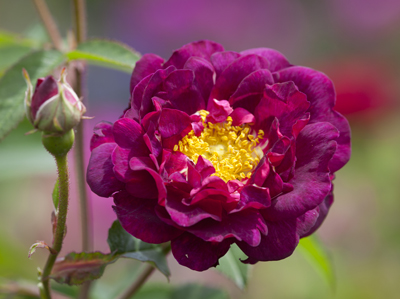
Mottisfont Rose 'Tuscany' © National Trust Images Jonathan Buckley
Over the years, his conservative approach of essentially replanting the kitchen-garden layout with a vast collection of old roses (balanced with his favourite herbaceous borders) has proved an irresistible draw to the crowds, which have grown hugely since all this was first imagined. In 1978, about 5,000 came. In 2012, the visitor count was 210,000.
If those visitors come in search of a sea of beauty in summer, especially in June and early July, they will not be disappointed. Like many good gardens, this one can be readily appreciated on more than one level. The sheer knockout effect of all that harmonious flower power is there for all to see. If you were in search of a particular scale, form, colour or scent in a rose, this would be the place to bring your notebook and companion. And for the person with any feeling for the history of gardens, there is the added thrill of recognizing old friends honoured by a labeled place in this distinguished collection.
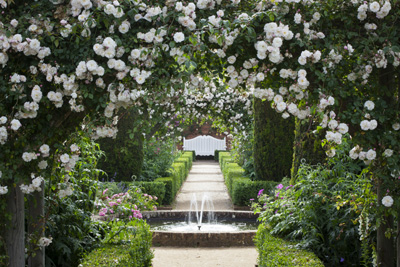
Rose Bower at Mottisfont © National Trust Images Jonathan Buckley
We come to Mottisfont to view the grandes dames of horticulture, the shrub and climbing roses of the 19th century. I found myself constantly lifting my hat to familiar names from my garden past, such as the climber Gloire de Dijon, an apricot-coloured free flowerer, which always looks so wonderful trained against a brick wall. Having dropped into that visual groove, I was charmed by the floppy beauty of the equally apricot-hued Crépuscule, which presumably looks particularly lovely at twilight. This is how we learn our plants: here's an old favourite, but something unfamiliar nearby then catches our eye.
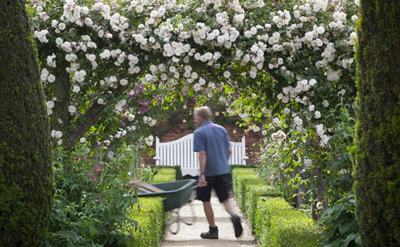
Gardener at Mottisfont © National Trust Images Jonathan Buckley
And then there was, for me at least, the surprise of finding that delicate creature Maréchal Niel, with its cream-puff flowers hanging from spindly shoots, having a go out of doors, whereas, in this country, we have always expected to find it in the conservatory. The parade of shrub roses here is an overwhelming surfeit, as each step brings us either to some famous name or, unnervingly, to yet another creature quite new to us, but which, like a wonderful painting in a gallery, has the telling power to stop us in our tracks, however great the need to keep striding by.
These are the choicest encounters of all, with selections of Rosa spinosissima not so very far removed from its native form on the sand dunes of the Northumberland coast or some novel cultivar of the otherwise over-familiar Rosa rugosa, always a such a picture of health and well able to hold up its head in such distinguished company. Thomas did us all a terrific favour by parking his accumulated living museum here. He could not have found a better custodian than Mr Stone. His successor has a job on his hands, but what an opportunity among these velvet riches.
Mottisfont Abbey Gardens, near Romsey, Hampshire (01794 340757; www.nationaltrust.org.uk/mottisfont). Open daily, 10am-5pm and in June open on fairweather days until 8pm. Please check the website for late openings that week or call 01794 340 757.
** Find out about our Best of Britain preferred partners
Simply the best Rose gardens
Borde Hill, West Sussex Castle Howard, North Yorkshire Coughton Court, Warwickshire David Austin Rose Gardens, Shropshire Gardens of the Rose, Hertfordshire Helmingham Hall, Suffolk Malleny Garden, Midlothian Mottisfont Abbey, Hampshire Peter Beales Rose Garden, Norfolk Queen Mary's Gardens, London Sissinghurst Castle, Kent Sudeley Castle, Gloucestershire The Alnwick Garden,Northumberland The Savill Garden, Surrey
Great garden societies
The varied geology and landscapes of Britain and the nation's long history of plant discovery that dates back four centuries and longer have ensured that we've become a nation of plant enthusiasts, conservers and collectors, sharing knowledge through a range of active clubs:
Alpine Garden Society The Cottage Garden Society Garden History Society Garden Organic Hardy Plant Society National Gardens Scheme National Society of Allotment and Leisure Gardeners Plant Heritage Royal Horticultural Society Royal National Rose Society Scottish Rock Garden Club Welsh Historic Gardens Trust
* Subscribe to Country Life magazine and save
* Follow Country Life on Twitter
Country Life is unlike any other magazine: the only glossy weekly on the newsstand and the only magazine that has been guest-edited by HRH The King not once, but twice. It is a celebration of modern rural life and all its diverse joys and pleasures — that was first published in Queen Victoria's Diamond Jubilee year. Our eclectic mixture of witty and informative content — from the most up-to-date property news and commentary and a coveted glimpse inside some of the UK's best houses and gardens, to gardening, the arts and interior design, written by experts in their field — still cannot be found in print or online, anywhere else.
-
 Where to see snowdrops: The best places in Britain
Where to see snowdrops: The best places in BritainThe sight of these tiny white flowers peeping through in January or February never fails to cheer us up – here's our pick of where to see snowdrops.
By Country Life
-
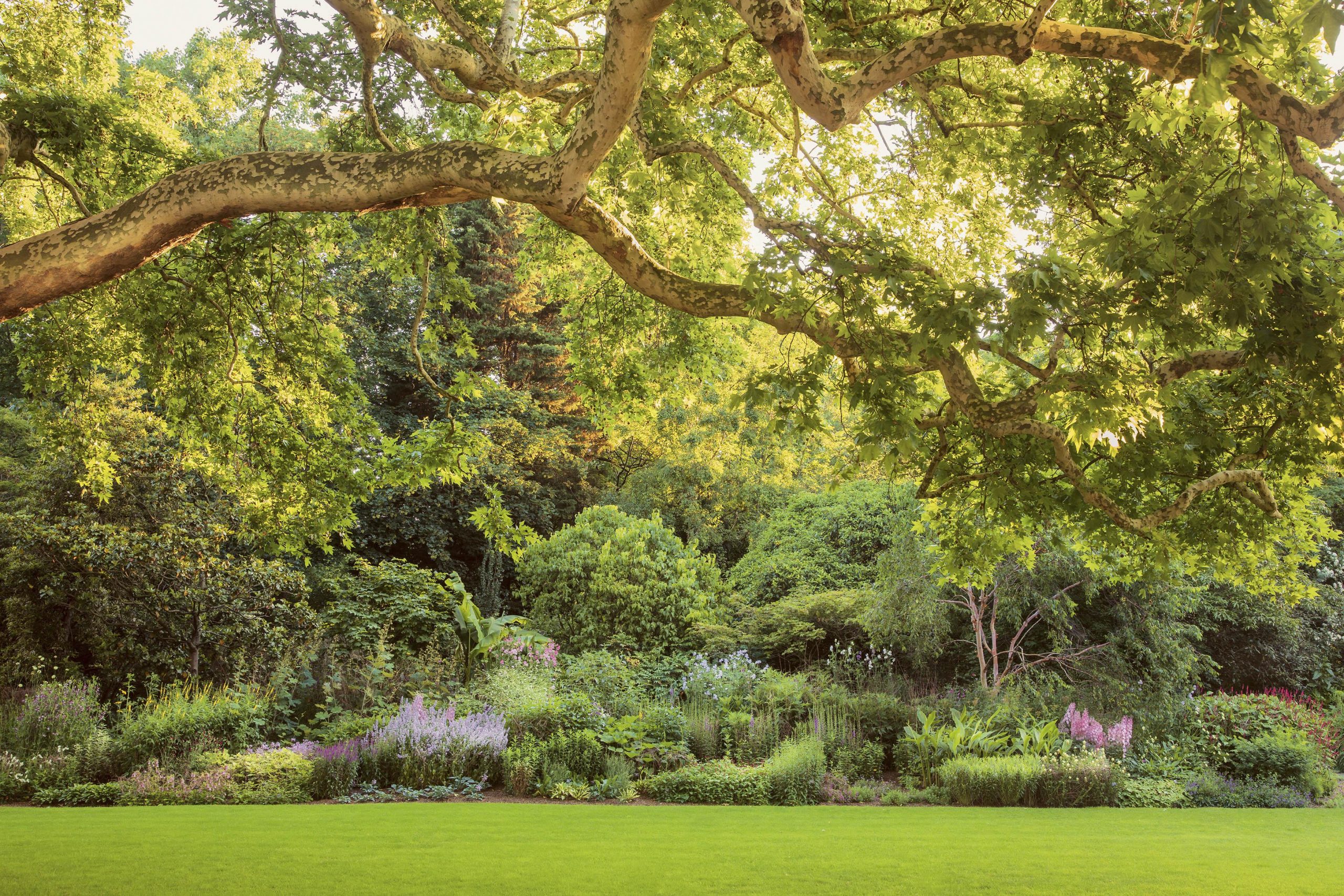 New tickets available for opening of Queen's private gardens at Buckingham Palace
New tickets available for opening of Queen's private gardens at Buckingham PalaceLarge areas of the gardens at Buckingham Palace are to be opened freely to visitors for the first time this summer, and due to 'exceptional demand' extra dates have been put on between now and September.
By Toby Keel
-
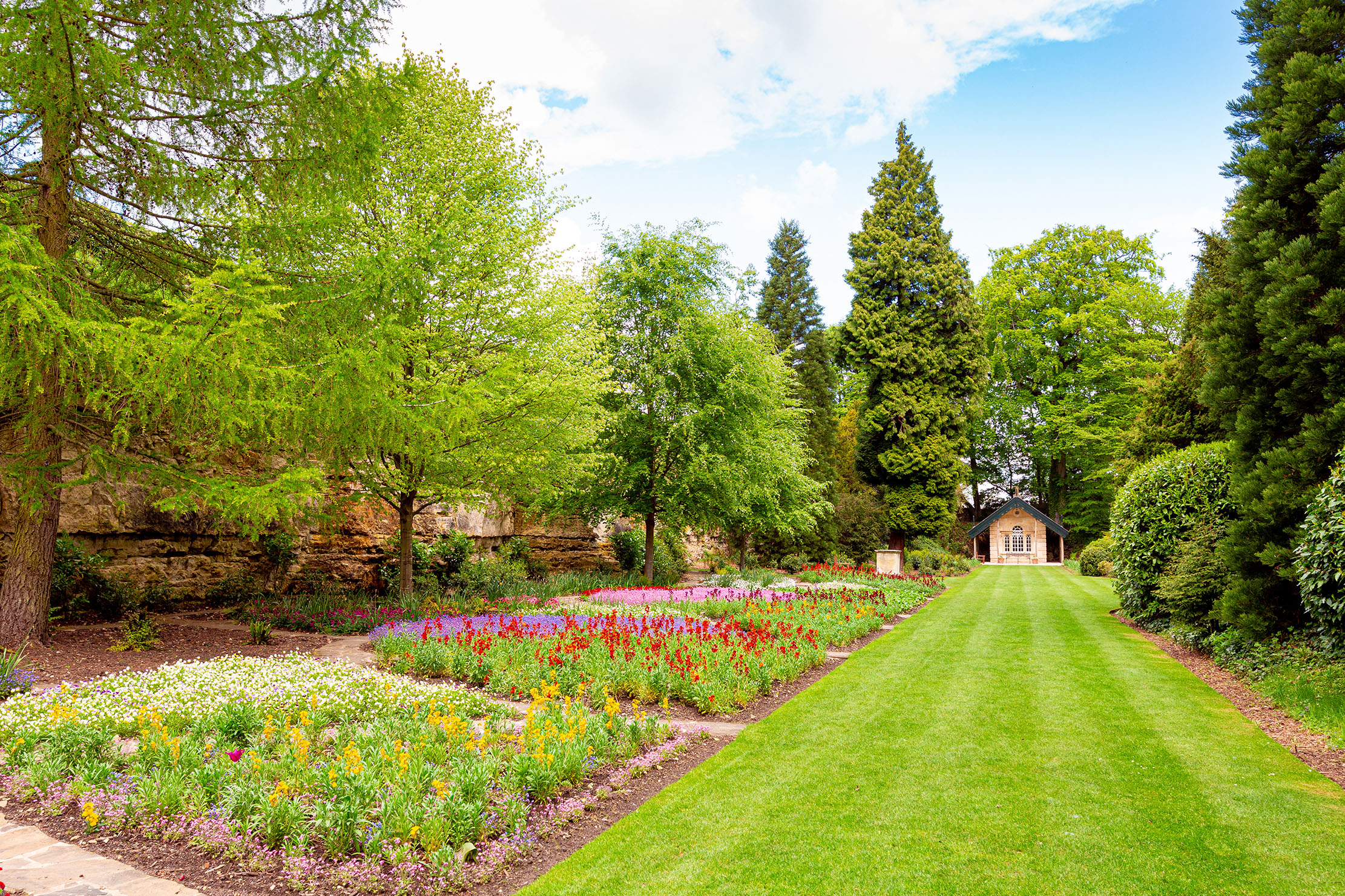 Brodsworth Hall's 150-year-old follies — restored, reopened and remarkable
Brodsworth Hall's 150-year-old follies — restored, reopened and remarkableBrodsworth Hall's gardens and unusual follies have been restored during lockdown. Annunciata Elwes takes a look.
By Annunciata Elwes
-
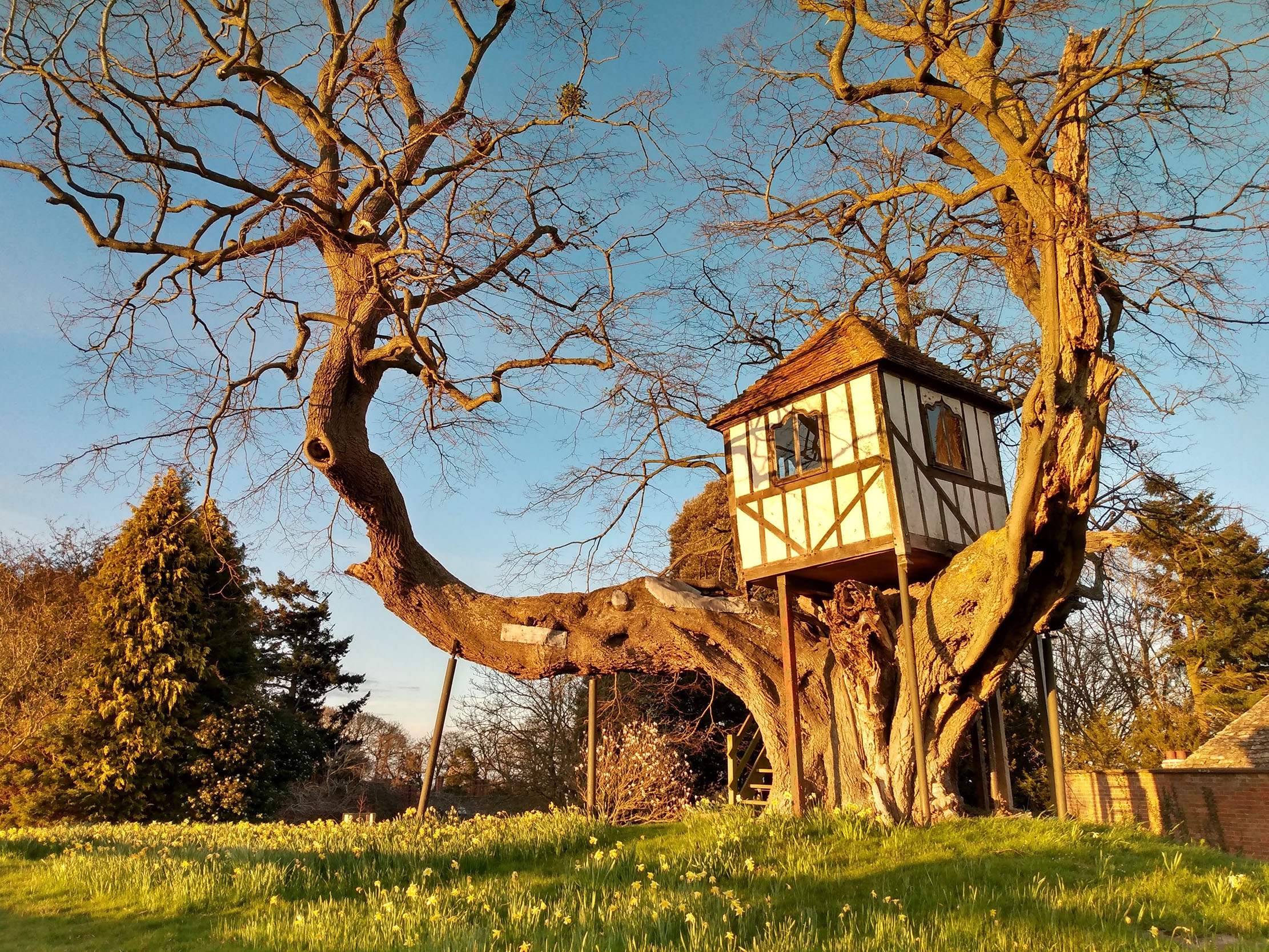 The best new gardens opening to the public in 2021 under the National Garden Scheme
The best new gardens opening to the public in 2021 under the National Garden SchemeThe NGS was hit by Covid-19 last summer, but the signs suggest that the 2021 National Garden Scheme openings should go ahead as usual. Annunciata Elwes takes a look at some of the highlights.
By Annunciata Elwes
-
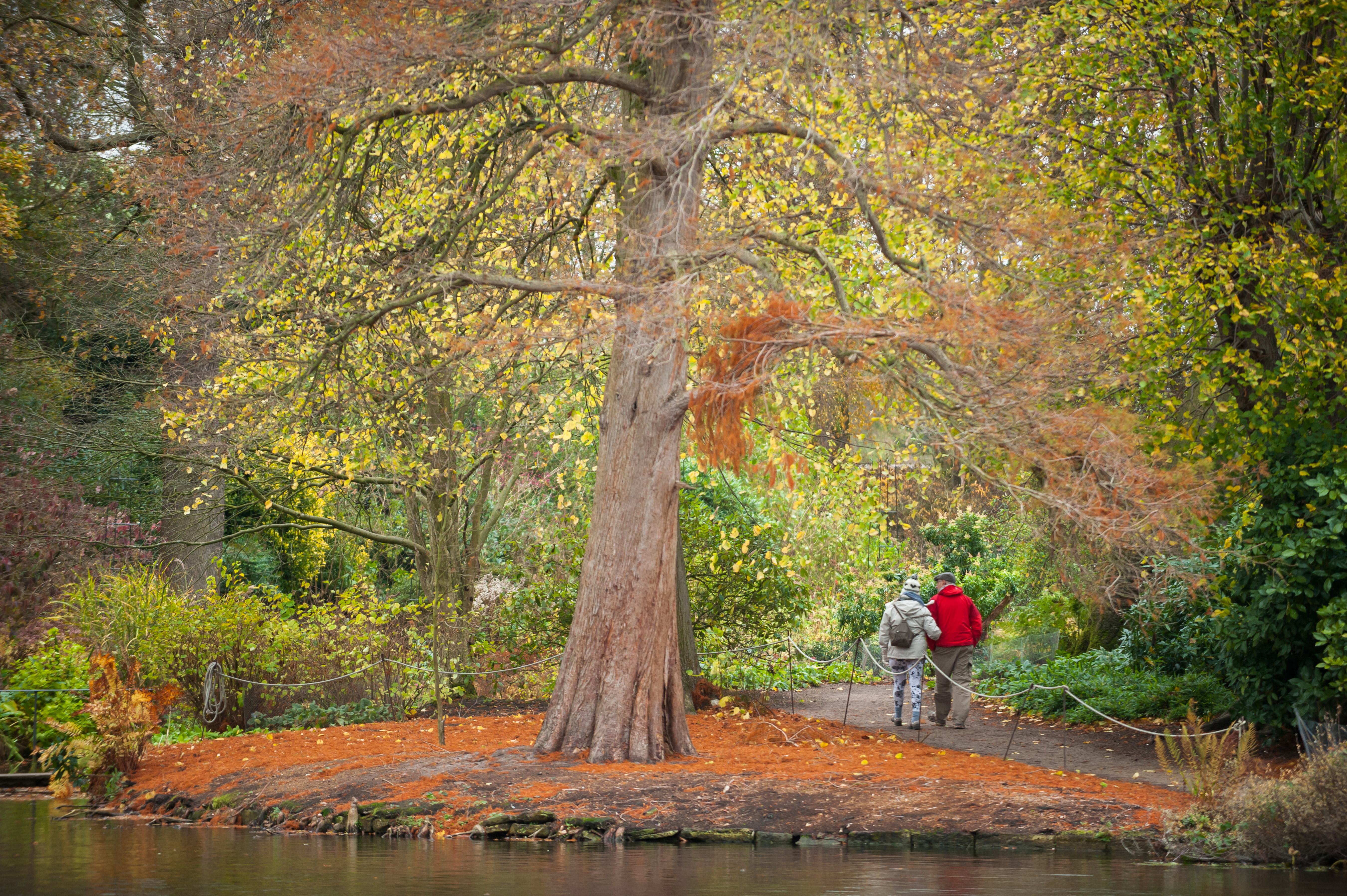 A month-by-month guide to the most beautiful gardens to visit in Britain
A month-by-month guide to the most beautiful gardens to visit in BritainSome gardens are even better in winter. Read our list of the best gardens to visit all year round.
By Kathryn Bradley-Hole
-
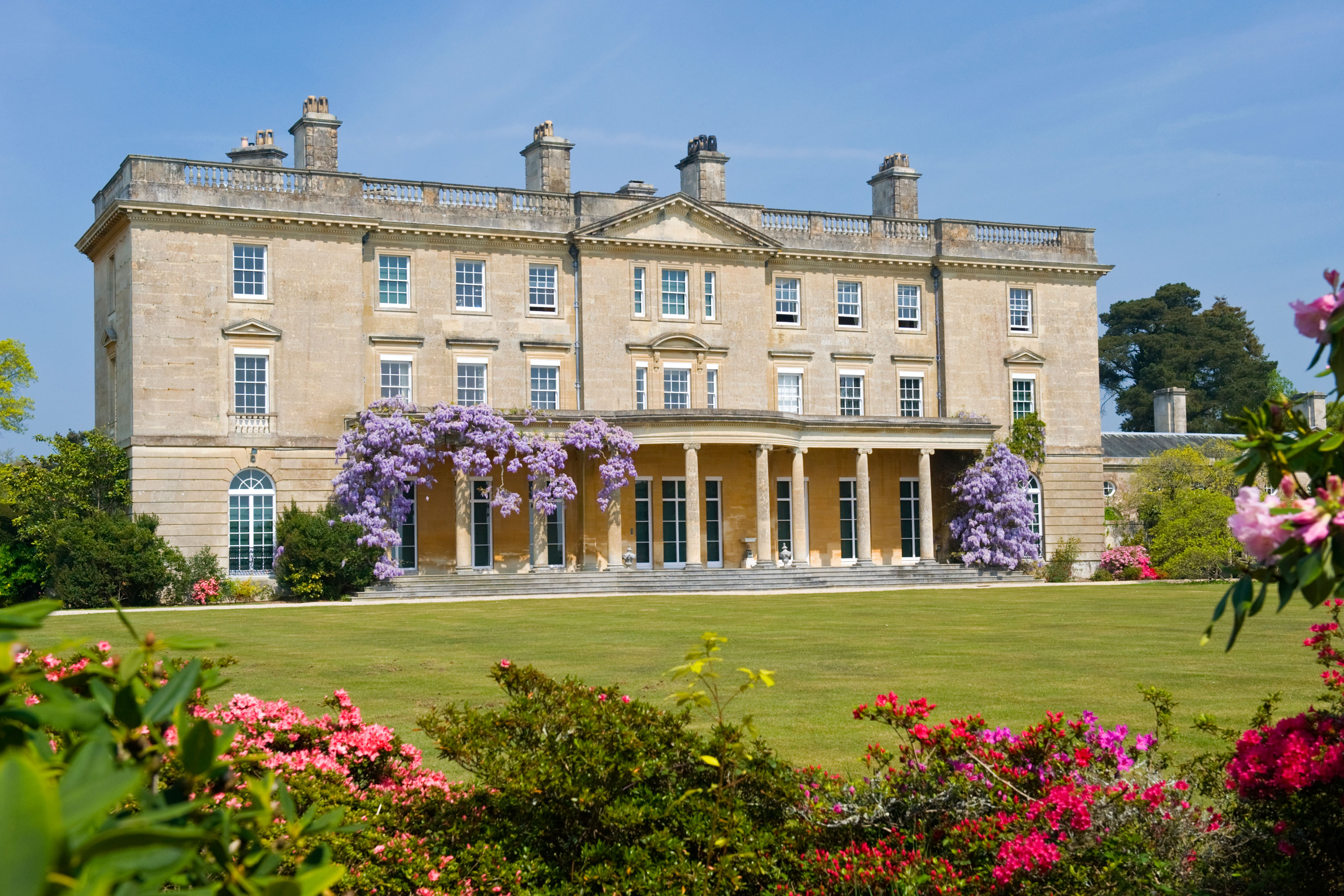 Exbury Gardens: The wild woodland tamed by a Rothschild to become one of Britain's great gardens
Exbury Gardens: The wild woodland tamed by a Rothschild to become one of Britain's great gardensUntamed woodland was brilliantly transformed into a pioneering garden at Exbury, thanks to the vision of Lionel de Rothschild. Mark Griffiths discovers how his legacy is being continued.
By Mark Griffiths
-
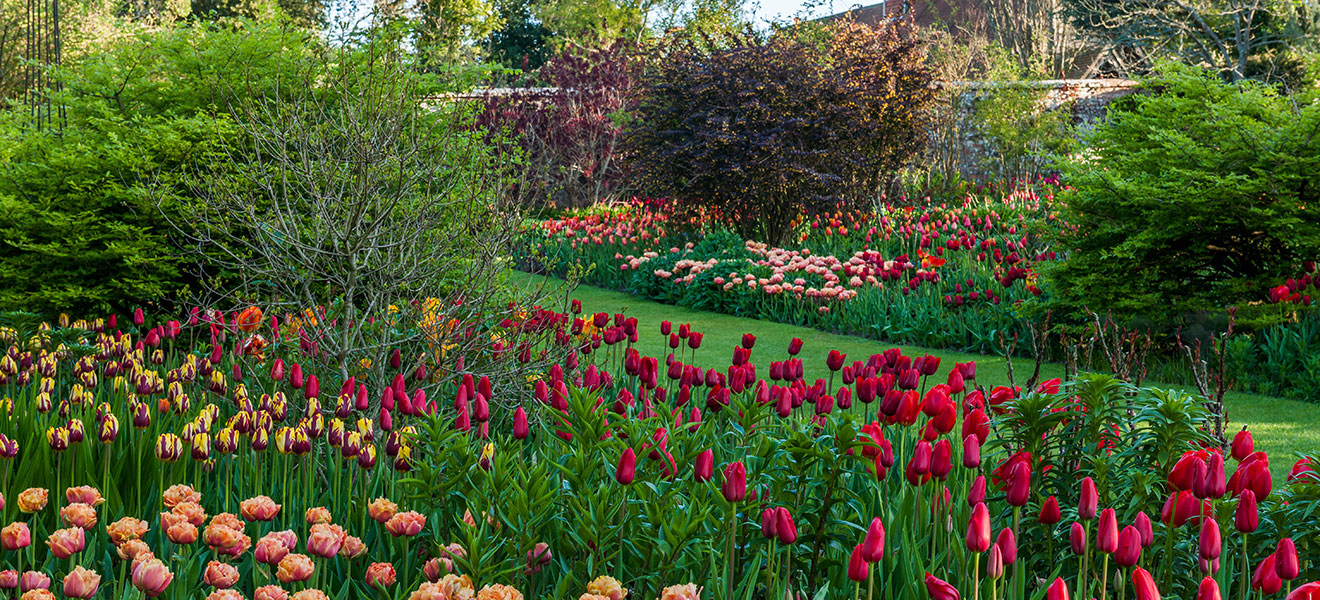 Ten simply magnificent photographs of Pashley Manor, Britain's greatest tulip festival
Ten simply magnificent photographs of Pashley Manor, Britain's greatest tulip festivalEvery year, Pashley Manor's stunning tulip festival attracts people from across the world to enjoy these beautiful blooms in a perfect English country setting. We've picked out some wonderful images from the festival, while Jacky Hobbs describes some of the history and his favourite varieties.
By Country Life
-
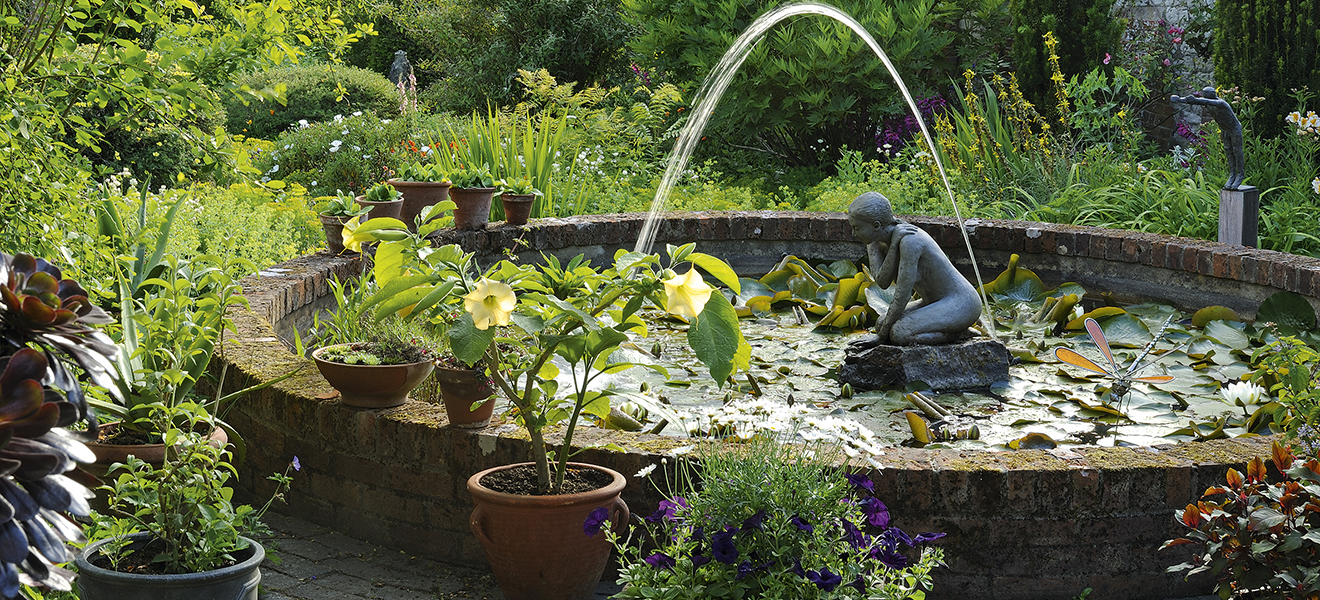 Chisenbury Priory: A handsome and quirky streamside garden developed over decades
Chisenbury Priory: A handsome and quirky streamside garden developed over decadesTim Longville discovers how successive owners and artists have made their mark on the grounds of an ancient streamside property.
By Country Life

